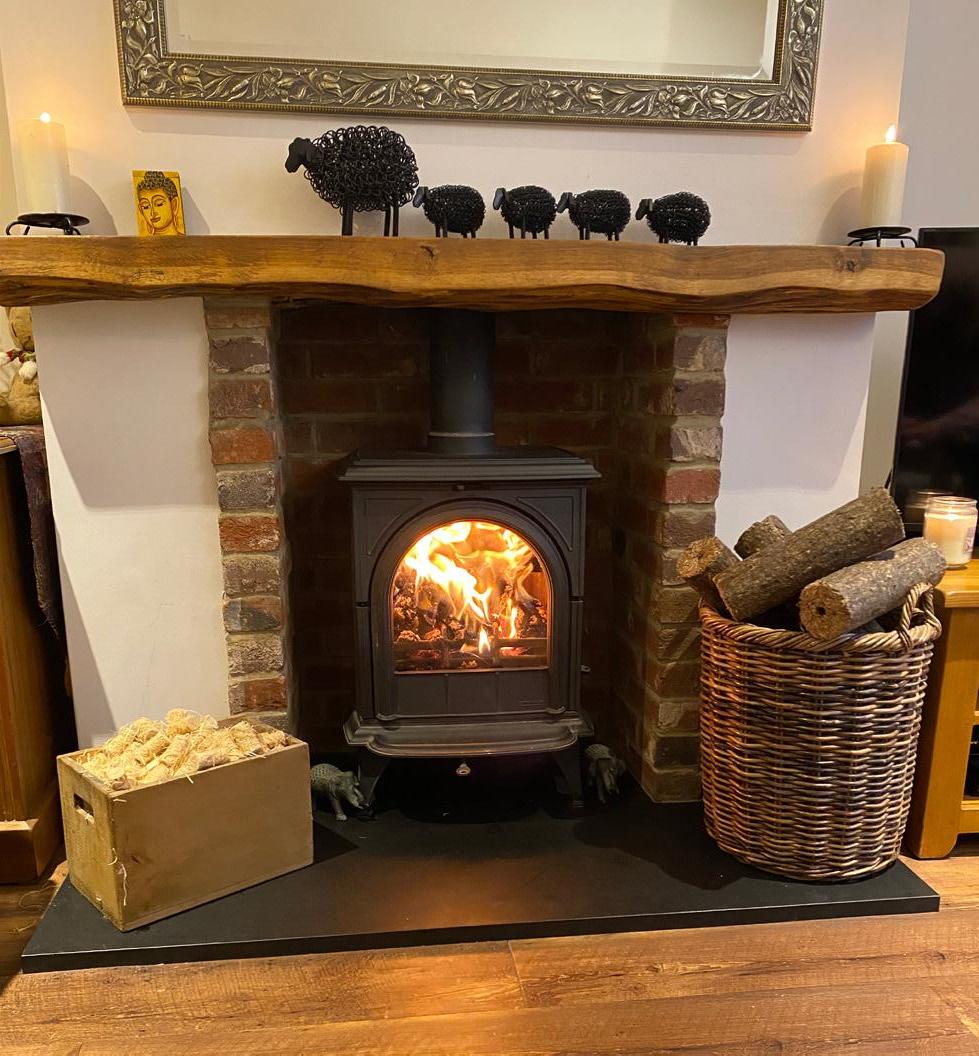AEROMAO Founded in 2004, it is their drive for innovation that has propelled Aeromao into the position as the leading Canadian manufacturer of UAVs and developer of fixed wing, unmanned survey grade aerial vehicles. Based in Ontario Canada, their high commercial grade drones are optimized to carry a range of video surveillance equipment and have been extensively used for mapping, surveying, precision agriculture and remote sensing to name a few.
INNOVATIVE STRENGTHS With their systems proven in the field, and two hundred clients across fifty countries, Aeromao’s power is in their ability to innovate on their feet and meet market demands and client requirements quickly and reliably. Their aim is to expand their client’s abilities to collect and analyse data, enabling them to make better decisions based on accurate information. They achieve this by using the latest technologies and relying on their strengths, which lie in their
range of expertise in robotics, manufacturing, CAD, prototyping, flying and avionics, communications, computing and innovative thinking. Above all is their commitment to quality and dedication to their products which undergo rigorous testing in the field.
NEW DEVELOPMENT. AMPHIBIOUS FIX WING DRONE. Aeromao’s latest development is unique in the unmanned world and has already been used successfully in a number of expeditions including searching for megafauna such as turtles, dolphins and sharks and surveillance of illegal fishing activity. During a set of trials in the beautiful Turneffe Atoll in Belize, in a work lead by the Zoological Society of London and the Turneffe Atoll Sustainability Association. The drones were used to detect and document illegal fishing activities and ecology research toward ongoing conservation efforts. Delineated in 2012, the Turneffe marine protected area is a challenge to manage effectively due to its remote location. All in all, the Amphibious Fixed Wing Drone is a remarkable fete of engineering and has provided an essential and accurate tool with far reaching uses.
Issue 01 | 74



















